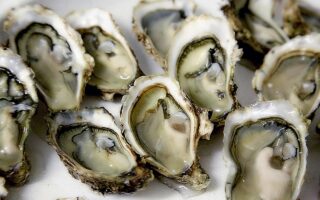Notes on a French classic: Crème Brûlée

The iconic French film character Amélie Poulain was truly onto something special as we watched her relishing one of life’s purest pleasures – cracking the caramelised surface of a crème brûlée with the back of a spoon, to uncover the cool, set custard beneath. It’s fitting that one of l’Hexagone’s most beloved screen icons revels in its most quintessential dessert – though its Gallic origins have been much disputed.
Supercilious Brits like to credit the invention of this creamy delicacy to Trinity College, Cambridge. A similar dessert was served to hungry young scholars there as far back as the 17th century, the college’s crest seared onto its sugar coating with an iron. Known as ‘Cambridge burnt cream’, the custard was typically unsweetened and with a thicker crust than crème brûlée as we know it today.
The Spanish have also staked their claim, citing crema catalana as the precedent for crème brûlée. Though similar, this custard is made from milk and chilled to set, whereas the French recipe uses cream, oven-baking it in a bain-marie. The zest or juice of a Spanish orange often infuses crema catalana with a citrus tang. This would be considered unorthodox by a conventional French pâtissier, who’d advocate only the addition of a modest vanilla pod.
Custard-based desserts have graced European tabletops since medieval times and crème brûlée is the crème de la crème, poised between finesse and simplicity. Happily, we can enjoy it outside France – the glory of that first crunchy-smooth spoonful shouldn’t be Amélie’s alone.
Share to: Facebook Twitter LinkedIn Email
Leave a reply
Your email address will not be published. Required fields are marked *




REPLY